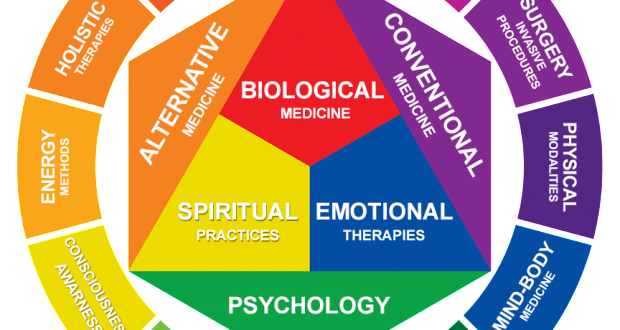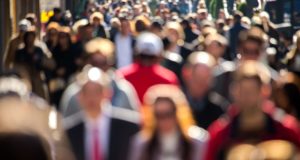
Nutrition and Supplementation
Naturopaths target diet and supplements to treat hypoglycemia. Although each patient needs an individualized treatment plan, there are some basic “dos and don’ts” that pertain to all hypoglycemics.
Eat adequate amounts of protein, either from anirnal sources such as fish, eggs, lean meats or vegetable sources, such as nuts, seeds, legumes, and soy products. Avoid all refined grains, choosing only complex carbohydrates. Fiber slows down the absorption of glucose, which allows for a more gradual release of insulin; eat fiber-rich plant foods. Carry plain raw almonds with you in case your blood sugar drops.
Avoid caffeine, nicotine, or alcohol; these rob your body of essential nutrients. Simple sugars are another no-no. They cause your pancreas to overproduce insulin. Simple sugars are found in sugar, fructose, glucose, corn sweeteners, corn syrup, table sugar, and brown sugar. Check food labels; avoid anything ending in-ose (sucrose, maltose, dextrose, etc.).
Never skip meals; eat frequent small meals throughout the day. Some people find that a snack before bedtime helps. The following daily supplements are useful.
Most Important
brewer’s yeast (as directed on label)-stabilizes blood sugar levels
chromium picolinate (300 to 600 mcg)-is essential for optimal insulin activity
pancreatin (as directed on label)-aids in protein digestion
proteolytic enzymes (as directed on label)-aids in protein digestion (Do not give to children.)
vitamin B complex (50 to 150 mg in divided doses)-counteracts the effects of malabsorption disorders; aids in carbohydrate and protein metabolism
zinc (50 mg, not to exceed 100 mg total from all supplements)-essential for proper release of insulin
Also Recommended
manganese (as directed on label)-maintains blood glucose levels; deficient in most people with hypoglycemia
vitamin C with bioflavonoids (3000 to 8000 mg in divided doses)-for adrenal insufficiency, common in this disorder
L-glutamine (1000 mg on an empty stomach)-reduces craving for sugar
N-acetyl cysteine (600 mg)
L-carnitine (as directed on label)-converts body fat into energy
liver and adrenal extracts (as directed on label)
phosphatidyl serine (500 mg 3 times daily, with food)-stabilizes glandular function
(Consult your healthcare provider regarding the duration of treatment.)
Ayurvedic Medicine
Hypoglycemia, or low blood sugar, is common in people with a pitta imbalance, according to Ayurveda. To stabilize blood sugar levels, Ayurvedic practitioners may advise drinking brahmi-licorice tea or taking a combination remedy containing guduchi and other Indian herbs.
Bodywork and Somatic Practices
Practitioners of reflexology, Oriental bodywork, massage, and CranioSacral Therapy can help regulate the relevant body systems.
Herbal Therapy
When combined with small, light snacks several times a day, herbal teas made from burdock, dandelion, or licorice can help stabilize blood sugar levels.
Herbal products are available in health food stores and in some pharmacies and supermarkets. Follow package for specific directions.
Traditional Chinese Medicine
Acupuncture Hypoglycemia is a very complicated condition with many contributing factors. Acupuncture can help alleviate certain symptoms of hypoglycemia by reducing stress and regulating digestion, which may improve the body’s ability to absorb essential nutrients.
Chinese Herbal Therapy Ophiopogon can be used as a tonic to strengthen the lungs and heart, believed by Chinese herbalists to be associated with low blood sugar. Take a 3- to 6-gram decoction twice a day. Codonopsis fortifies the blood; take in a 5- to 7-gram decoction twice a day.
Ginseng is a famous blood sugar regulator; daily dosages vary from 6 grams of the powdered herb to 10 grams taken in decoction form.

Source by Robin Brain
 Vitamin Agent The Health & Naturalistic Source
Vitamin Agent The Health & Naturalistic Source



